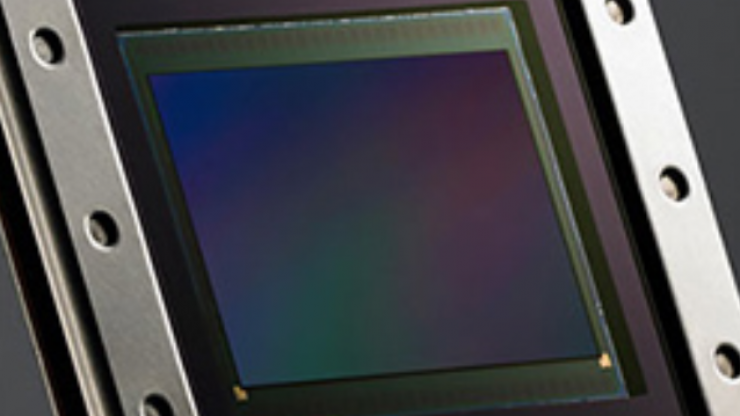
Sony have patented a new vertical colour separation sensor that uses a stacked layer of organic photoelectron conversion films. Every pixel has three layers of organic material. The top layer captures the green light information, the layer below the blue, and at the bottom the red light.
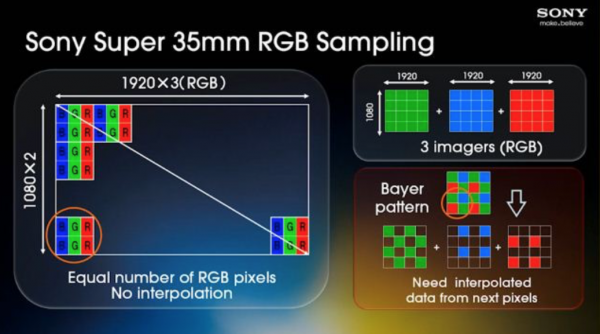
This is very different to how a typical Bayer filter sensor works. With a Bayer filter, the colour filter array passes red, green, or blue light to selected pixel sensors, forming interlaced grids sensitive to red, green, and blue. As not every pixel receives all three colours the missing colour samples are interpolated using a de-mosaicing algorithm. With a vertical colour separation sensor the chrominance signal (RGB) of all three colours is acquired by each light-receiving part, so every pixel is almost receiving 100% of the colour information.
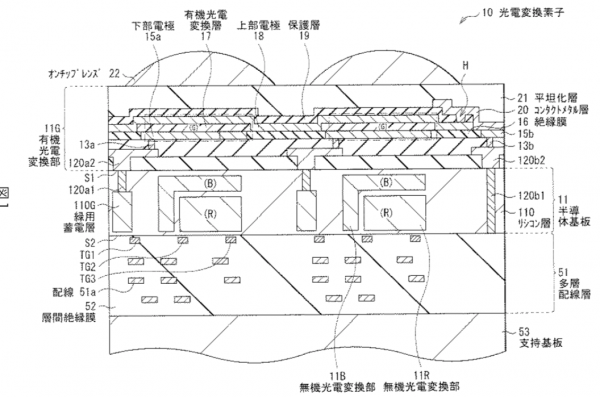
The other big advantage it has over a Bayer sensor is you can have much bigger pixels at the same resolution or much higher resolution at the same pixel size. According to the patent the sensor uses a photoelectric conversion element in a solid-state imaging device capable of improving the S / N ratio and giving good responsiveness.
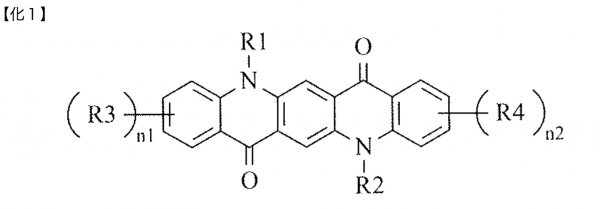
The patent lists a scientific formula and goes into a lot of technical detail. The sensor patent application was filed on 7 September.
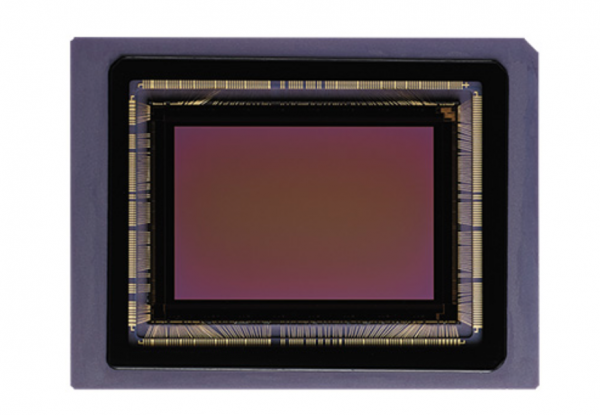
The sensor technology does seem to share similarities with how Sigma’s Foveon technology works. The Foveon direct image sensor was introduced in Sigma’s first ever digital camera, and was the world’s only image capture system to use vertical colour separation technology. The sensor uses the light absorption characteristics of silicon, and comprises of three layers of photodiodes, each at a different depth within the silicon, and each corresponding to a different RGB colour.
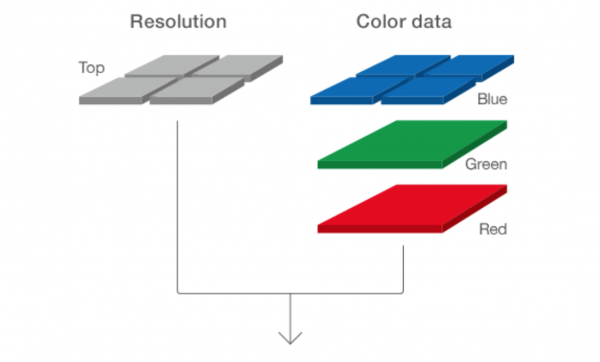
In the Foveon direct image sensor, there are no colour filters which would cause a loss of information transmitted by light. There is also no low-pass filter needed to correct the interference caused by a colour filter array. Unlike the data from other sensors, which requires artificial interpolation to “fill in” missing colours, the data from the Foveon direct image sensor is complete for every single pixel and requires no interpolation.
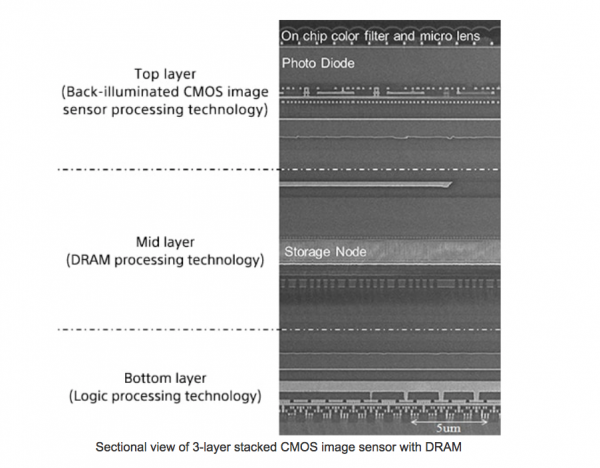
Neither Sony’s vertical colour separation sensor or Sigma’s Foveon direct image sensor should be confused with the three-layer stacked CMOS image that is also under development by Sony. The three-layer stacked CMOS image sensor with DRAM consists of a DRAM layer added to the conventional two-layer stacked CMOS image sensor, with a layer of back-illuminated structure pixels and a chip affixed with mounted circuits for signal processing.
Sony have lots of sensor patents and this is not their first patent for a vertical colour separation sensor. Just how far off we are from this type of sensor ever being implemented into an actual camera you can buy, who knows.
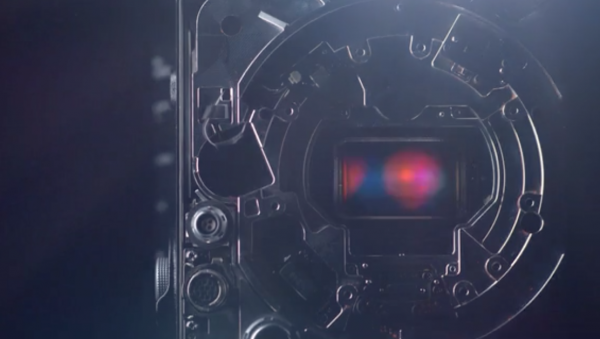
We have just seen an all new sensor introduced on the Sony VENICE, where the company said that where they currently sit with image sensor technology, 6K was the sweet spot. Instead of delivering an 8K sensor like on the F65, Sony chose to use a sensor with larger photosites on the VENICE. These photosites are a lot bigger than those used on the F65. The advantage of using larger photosites is that you can achieve better image performance.
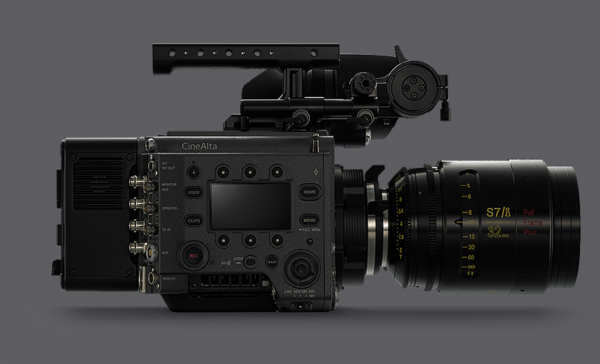
With the VENICE having an interchangeable sensor block, it is entirely possible that some time down the track we may see a vertical colour separation sensor being offered for the camera. This seems to make a lot of sense, as Sony would be able to offer a higher resolution sensor, while still maintaining the same pixel size that they are currently using.





